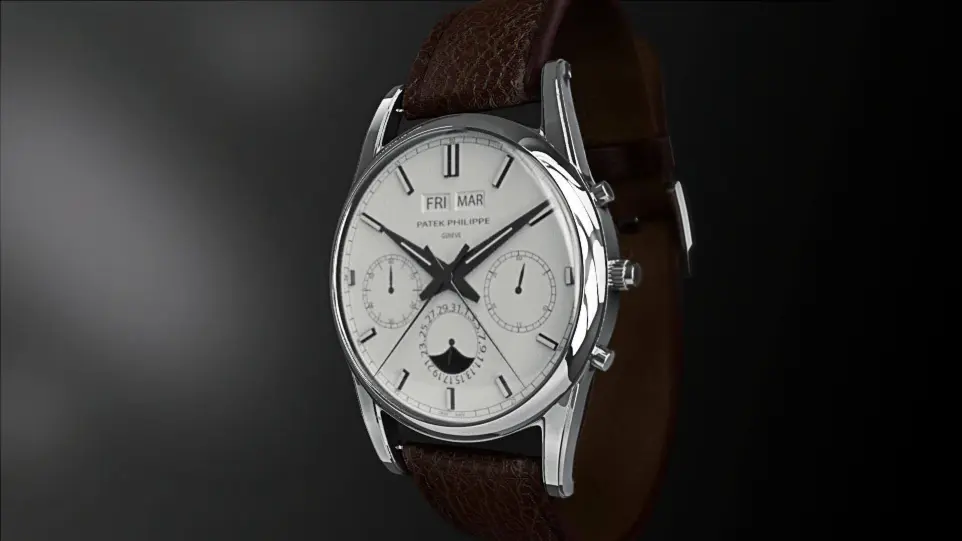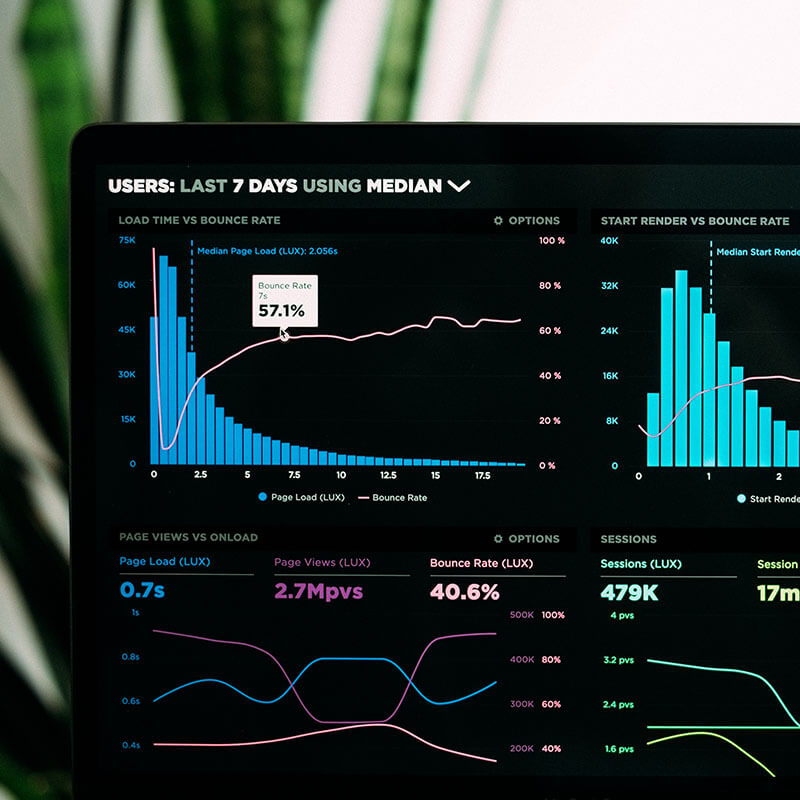Weeks 1–8 - Foundations
of Print Design
Objective
Understand the basics of print design, including resolution, color modes, typography, and layout. Learn how to use AI tools for visualizing concepts and automating repetitive tasks. Create foundational print materials like business cards, flyers, and brochures.
What You Will Learn
Week 1: Introduction to Print Design
- Topics :
- Differences between digital and print design (resolution, DPI vs. PPI, CMYK vs. RGB).
- Importance of bleed, crop marks, and safe zones.
- Tools :
- Adobe InDesign, Photoshop.
Key Activities :
- Explore CMYK vs. RGB and DPI vs. PPI through hands-on exercises.
- Create a simple print-ready flyer using Adobe InDesign.
- Deliverable :
- A print-ready flyer design.
Week 2: Typography for Print
- Topics :
- Anatomy of typefaces: serif, sans-serif, script, display.
- Pairing fonts for readability and aesthetics.
- Tools :
- Fontjoy, TypeGenius.
Key Activities :
- Pair fonts manually for a fictional brand.
- Use Fontjoy to suggest font combinations and compare results.
- Deliverable :
- A typography sample with paired fonts.
Week 3: Layout Design
- Topics :
- Grid systems, alignment, white space.
- Creating dynamic compositions for print.
- Tools :
- Adobe InDesign.
Key Activities :
- Create a magazine spread layout using grids.
- Refine the layout manually for optimal readability.
- Deliverable :
- A print-ready magazine spread.
Week 4: Color Theory for Print
- Topics :
- Color psychology, Pantone colors, CMYK adjustments.
- Creating harmonious color palettes for print.
- Tools :
- Pantone Studio, Coolors AI.
Key Activities :
- Generate a color palette using Coolors AI .
- Adjust the palette manually to align with brand identity.
- Deliverable :
- A color palette optimized for print.
Week 5: Business Cards and Flyers
- Topics :
- Designing business cards and flyers, mockups.
- Using AI tools for visualization.
- Tools :
- Placeit, Adobe Illustrator.
Key Activities :
- Design a business card and flyer manually.
- Validate designs with mockups using Placeit Mockup Generator .
- Deliverable :
- Print-ready business card and flyer designs.
Week 6: Brochure Design
- Topics :
- Multi-page document design, master pages, styles.
- Creating cohesive layouts for brochures.
- Tools :
- Adobe InDesign.
Key Activities :
- Create a tri-fold brochure using InDesign’s autoflow feature.
- Add finishing touches manually for consistency.
- Deliverable :
- A print-ready brochure layout.
Week 7: Packaging Design Basics
- Topics :
- Die-cutting, folding, branding consistency.
- Designing for physical products.
- Tools :
- Packlane, Adobe Illustrator.
Key Activities :
- Design a packaging template manually.
- Compare it with an AI-generated template from Packlane .
- Deliverable :
- A packaging design concept.
Week 8: Preparing Files for Print
- Topics :
- Bleed, crop marks, safe zones.
- Exporting files for professional printing.
- Tools :
- Zebra.AI, Adobe Acrobat.
Key Activities :
- Export a print-ready PDF and validate with AI tools.
- Check for errors using Zebra.AI .
- Deliverable :
- A print-ready PDF file.
Key Activities
- Export a print-ready PDF and validate with AI tools.
- Check for errors using Zebra.AI . A print-ready PDF file.




